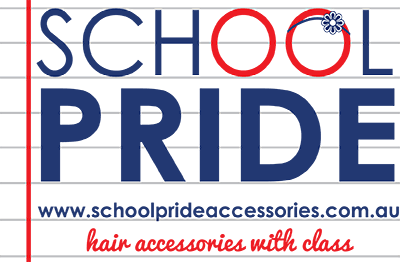Schoolyard Bullying – Rude vs Mean vs Bullying

First things first, let’s define the word bullying. Bullying is intentionally aggressive behaviour that is repeated over time and involves an imbalance of power. Bullying is defined by three key elements: (1) an intent to harm, (2) a power imbalance, and (3) repeated acts or threats of aggressive behaviour. It is intentional, done with no remorse or regret, and can be physical, verbal, relational, or via technology (i.e. cyberbullying).
Statistics differ from study to study, but one large national study found that about 1 in 6 school students between the ages of 7 and 17 reported being bullied at least once a week, with more primary than secondary school students reporting being bullied at school. This is a disturbing trend and we all agree that something needs to be done about it!

Why did we first define the term bullying?
Well, I firmly believe that there is a difference between being rude, being mean, and being a bully. And to ensure that we give both bully victims and perpetrators the support they deserve, the distinction needs to be made between simply being rude, being mean, and true bullying behaviour. The difference lies in the motivation behind the behaviour – is it simply age-appropriate narcissism, thoughtlessness, poor manners, inconsideration, impulsiveness, anger, or is it true intentional behaviour meant to cause harm?
Understanding the motivation behind the behaviour is the first step towards finding the right solution to resolving the undesirable behaviours, and is important to know so schools and parents know when to discern and intervene when faced with anti-social behaviours between children.
As parents, we are equipped with the urge to protect our little ones from all things mean and nasty. So when you child comes home from school in tears and tells you that her classmate pushed her and made her fall down and hurt herself, the mama bear in you rears its head and threatens to walk over to that classmate and push her right over too. Right? No? Too much? Probably. After all, you’re the adult! So you take two deep breaths and tell your child that her classmate was just being mean and just tell her to stop next time, or tell a teacher.
But in doing so, you’ve just missed out on a golden opportunity to open the communication lines with your child, and to pave the road to ensure that you are never kept OUT of the loop of whatever goes in in your child’s life outside the home. This is a good time to listen and ask non-judgmental questions such as: “What were the both of you doing when she pushed you? What happened after you fell down and hurt yourself? What did your teacher do? What did your classmate do after that?” Asking those questions can help your child “debrief” her experiences, and also helps you understand the context of the incident and gives you the information you need to discern if your child was bullied, or whether she was the unfortunate subject of impulsive but age-appropriate unintentional behaviour. These open communication lines allow you to keep tabs on what happens at school, and if the same child’s name pops up often in relation to hurtful behaviour, that would give you to reason to have a chat to your child’s teachers and school about it and request their intervention.
Our children also need to be educated about the differences between rude, mean, and bullying behaviour. Ensuring that they understand the differences can empower them to know how to respond to different situations they might find themselves facing, instead of feeling like a victim at every small upsetting infraction or encounter. Many children will also find themselves in the position of a bystander – will they know how to read the situation and respond accordingly? Can they learn to become upstanders instead of just being a bystander?
There are many resources available for parents and schools to help us learn more about bullying. Here are some great ones that have some really invaluable information and tips:
- Australian Institute of Family Studies created a series of resources on bullying – this is one of them about children who bully at school
- Friendly Schools is a wonderful anti-bullying initiative for schools and is recognised as a comprehensive and evidence-based approach to reducing bullying behaviour – this article discusses what schools can do about bullying in their school
- Together Against Bullying is a simple to use website with useful resources and videos about bullying, including the difference between telling and tattling (something that our children should know so they don’t feel bad about telling!) and even sibling bullying.
Next month, we’ll be writing a new post sharing resources that we’ve gathered about the roles that families play when it comes to bullying, and sharing valuable resources to equip parents with the tools to help their children in such situations, whether they are the perpetrators or the victims. In the meantime, we would love if you’d share your experiences with us and any tips and tricks you think we should all know about bullying to help us all put a stop to it. Stay tuned!
